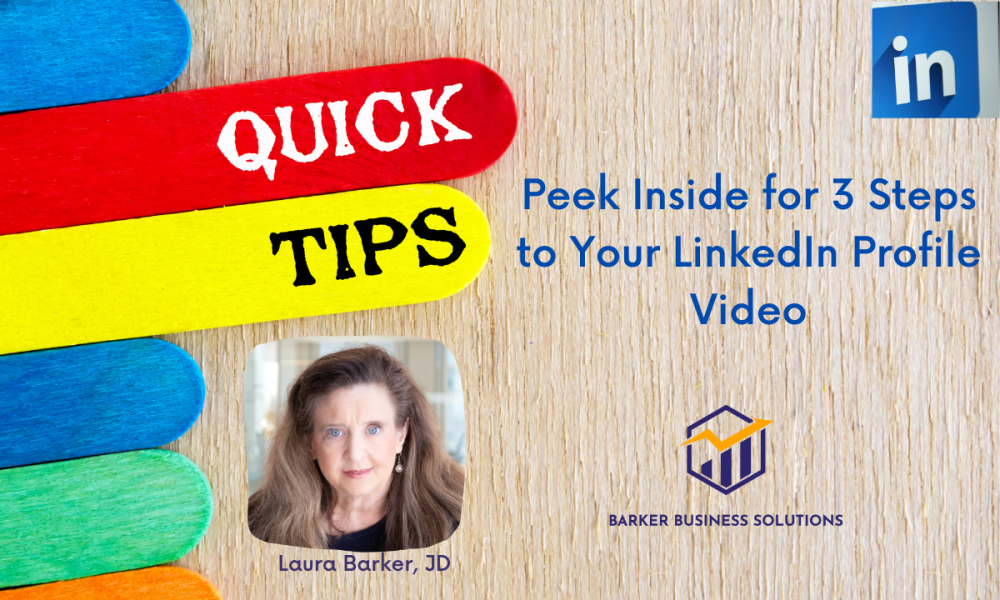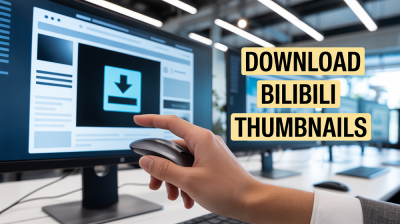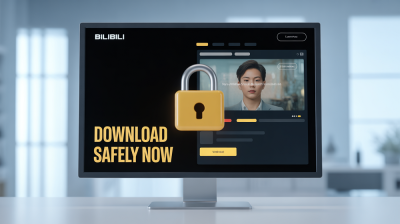LinkedIn has revolutionized the way professionals connect, build relationships, and share opportunities. In today’s digital age, networking isn’t just about exchanging business cards at conferences; it’s about creating meaningful connections that can lead to career growth and collaboration. So, why is this important?
- Expanding Your Reach: The more you connect, the wider your network becomes. LinkedIn allows you to reach professionals in your industry and beyond.
- Showcasing Opportunities: Whether it's job openings, freelance gigs, or collaborations, networking helps you stay in the loop about what's available.
- Learning from Others: Engaging with peers gives you access to valuable insights, industry trends, and best practices.
- Building Your Personal Brand: Your connections can amplify your voice and showcase your skills, reinforcing your reputation in your field.
- Strengthening Referrals: A robust network can lead to recommendations, boosting your credibility when it matters most.
In essence, networking on LinkedIn is more than just sending requests—it’s about nurturing relationships that matter. Each introduction or connection could lead to new career paths, collaborations, or even friendships. So, understanding this importance sets the foundation for effective networking and positions you to thrive in your professional journey.
Tips for Crafting a Thoughtful Introduction
When it comes to introductions on LinkedIn, thoughtfulness can make all the difference. You want to ensure that your introduction adds value, clearly conveys your purpose, and respects both parties involved. Here are some tips to get it right:
- Personalize Your Message: Don’t use a generic message. Take a moment to mention a shared interest or a common connection. This creates a relatable context.
- Be Clear and Concise: Get to the point! Clearly state why you’re introducing them. Mentioning mutual benefits can capture attention.
- Highlight Key Strengths: If you’re introducing someone, briefly share their skills and what they bring to the table. This builds credibility for the person you are recommending.
- Use a Friendly Tone: Keep it conversational! A warm, engaging tone helps establish comfort and encourages a positive response.
- Include a Call to Action: Encourage both parties to connect. For example, “I think you both would enjoy discussing your recent projects!”
Crafting a thoughtful introduction can foster genuine connections. Just remember to keep it personal, clear, and to the point—these small efforts can lead to big opportunities!
How to Personalize Your Introductions
When it comes to networking on LinkedIn, a personalized introduction can make all the difference. It’s not just about throwing two names together and hoping for the best. You’re creating a connection that can lead to valuable opportunities, so it’s essential to add some personal touches. Here’s how you can do it:
- Know Your Audience: Before making an introduction, take the time to understand both parties. What are their interests? What do they hope to achieve through networking? Tailoring your message to resonate with these points shows you care.
- Highlight Common Ground: In your introduction message, mention any mutual interests or connections. This could be where they met, common projects, or shared goals. It helps establish a stronger rapport from the get-go.
- Be Authentic: Authenticity is key. Let both parties know why you believe they should connect. Share a brief personal story or observation that illustrates why their connection is valuable.
- Use Warm Language: A friendly tone can make your introduction feel more genuine. Phrases like “I think you both would really hit it off!” can create a positive vibe.
- Offer Context: Provide a little background about each person. For example, what they do, their expertise, or recent accomplishments. This information can help each party understand and appreciate the value in connecting with each other.
By personalizing your introductions in these ways, you create a stronger basis for future networking, making it more likely that connections will flourish.
Common Mistakes to Avoid When Introducing People
Making introductions on LinkedIn might seem straightforward, but there are some pitfalls that can turn a good intent into an awkward encounter. Avoid these common mistakes to ensure your introductions are as effective as possible:
- Being Vague: Simply stating “Meet my friend” without context is unhelpful. Be specific about why they should connect. For instance, mention their professional backgrounds or common interests.
- Overselling: While it’s tempting to hype someone up, avoid exaggerating their skills or accomplishments. It could lead to false expectations and disappointment.
- Not Asking for Permission: Before making an introduction, check in with both parties. This ensures they’re open to the connection and gives them the chance to prepare for the interaction.
- Ignoring Follow-Up: After the introduction, it's good practice to follow up. This could be a simple message checking if they connected or if they need any additional support.
- Being Too Formal: While professionalism is crucial, being overly formal can create distance. A warm and friendly approach is often more effective.
Avoiding these common mistakes will help make your introductions smoother and more impactful, fostering a genuine networking environment on LinkedIn.
Examples of Effective LinkedIn Introductions
When it comes to introducing someone on LinkedIn, the approach can vary based on the relationship you have with both parties. Here are a few examples to help you craft your own engaging introductions:
Example 1: A Short and Sweet Introduction
To keep things simple and efficient, you can use a brief format:
Hi [Recipient's Name],I’d like you to meet [Person’s Name]. They are [role or expertise, e.g. a marketing specialist] at [Company]. I believe the two of you could have a great conversation about [specific topic or project].Best, [Your Name]Example 2: A Detailed Introduction
For a more detailed approach, you might highlight specific achievements or interests:
Hi [Recipient's Name],I hope you’re doing well! I wanted to introduce you to [Person’s Name], who is a [role] at [Company]. They have extensive experience in [specific expertise] and have successfully worked on [mention a relevant project or achievement]. [Person’s Name], [Recipient's Name] is an expert in [Recipient’s area of expertise] and I think you both could really benefit from connecting, especially given your mutual interests in [common interests or topics]. Best, [Your Name]Example 3: An Informal Approach
Sometimes, a more casual tone can work wonders:
Hey [Recipient's Name]! I just had a chat with [Person’s Name] over at [Company] and thought you two should connect. They’re all about [specific interest or shared passion], and I know you’d hit it off! Cheers, [Your Name]Choosing the right tone and detail level can make all the difference in how effective your introduction is. Remember, tailor it to your audience!
Encouraging Follow-Up After the Introduction
Once you've made an introduction, it’s essential to encourage follow-up to ensure that the connection blooms. Here’s how you can facilitate that:
1. Set Expectations
When you make the introduction, clearly state what you hope will come of it. For example:
I think it would be great for both of you to connect and discuss [specific topic]. It could lead to some valuable insights and opportunities.2. Suggest Next Steps
Offer suggestions on how they can continue the conversation. You might say something like:
Perhaps you could schedule a quick call or coffee chat to explore this further?3. Follow-Up with Both Parties
A week or two after your introduction, check in with both individuals:
Hi [Recipient's Name] and [Person’s Name], I just wanted to follow up to see if you had a chance to connect. I believe there could be great potential in your discussion and I’m curious to hear how it went!Best, [Your Name]4. Encourage Sharing Insights
Encourage both parties to share what they’ve learned. You could prompt them with a message like:
If you end up discussing anything interesting, please keep me in the loop! I’d love to hear how everything goes.By prompting follow-ups, you’re not just facilitating introductions; you’re nurturing relationships that can lead to exciting opportunities and collaborations. Remember, networking is all about building those bridges!











